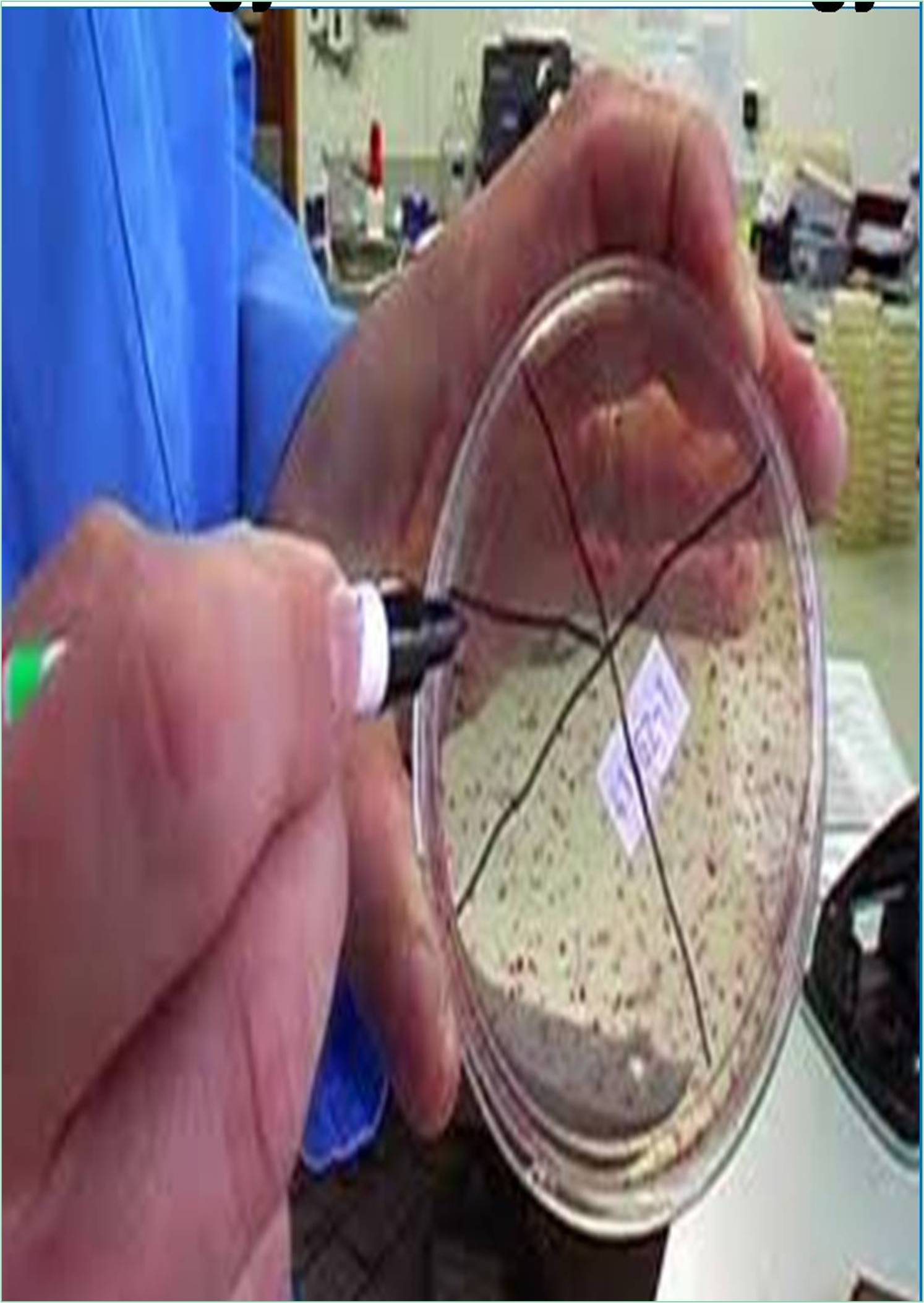



Received: 29-Nov-2022, Manuscript No. GJVI-22-82833; Editor assigned: 02-Dec-2022, Pre QC No. GJVI-22-82833 (PQ); Reviewed: 16-Dec-2022, QC No. GJVI-22-82833; Revised: 23-Dec-2022, Manuscript No. GJVI-22-82833 (R); Published: 30-Dec-2022, DOI: 10.15651/2229-3239.22.2.014
Selective Immunoglobulin A Deficiency (SIgAD), which is a primary immunodeficiency condition. A blood Immunoglobulin A (IgA) level that is undetectable at a value of 5 mg/dL (0.05 g/L) in humans is referred to as total Immunoglobulin A Deficiency (IgAD). When IgA levels are more than 2 standard deviations below the average for their age group but still detectable, this condition is referred to as partial IgAD.
IgAD is frequently correlated with normal CD4+ and CD8+ T cells, normal CD4+ and CD8+ B lymphocytes in peripheral blood, and typically normal neutrophil and lymphocyte counts. IgG and IgE isotype anti-IgA autoantibodies may be present. Patients may also experience additional autoimmune phenomena and peripheral blood may be altered by autoimmune cytopenias, such as autoimmune thrombocytopenia.
The results of extensive research are starting to clarify the genetic loci and molecular pathophysiology that contribute to the numerous subtypes of the diverse condition known as IgAD. IgAD and Common Variable Immunodeficiency (CVID), which is covered in more detail in Pathophysiology, appear to share a same aetiology in many instances, according to a number of lines of evidence. Other information points to several genetic risk factors. Studies on families reveal erratic patterns of inheritance. 20% of the time, IgAD is passed down via families, and IgAD and CVID are linked within families.
Numerous IgAD individuals are asymptomatic (i.e., "normal" blood donors) and are only discovered when a test anomaly is discovered, with no obvious clinical condition linked. One or more Immunoglobulin G (IgG) subclass deficits (which affect 20%-30% of IgA-deficient patients, many of whom may have total IgG levels within the normal range) or a poor antibody response to pneumococcal immunisation may occur in some people with IgAD.
Family relatives of individuals with CVID may only have selective IgAD, and some IgAD patients go on to develop CVID in the future. The C104, A181E, and ins204A variants may put people at risk for IgAD that develops into CVID, according to research on the receptor for the Transmembrane Activator and Calcium-modulator and cyclophilin ligand interactor (TACI), encoded by the gene TNFRSF13B.
Low levels of primary IgAD have been observed to stay stable and persistent even after 20 years of surveillance. A rare instance of reversal is described in a recent report. IgAD can be brought on by environmental causes like medicines or infections, however this variety is usually reversible.
Despite the fact that people with IgAD have traditionally been thought of as healthy, recent research show a greater occurrence of symptoms. A 20-year follow-up study comparing 237 healthy individuals with normal IgA levels to 204 healthy blood donors who had incidentally been found to have IgAD found that 80% of IgAD donors had episodes of infections, drug allergies, or autoimmune or atopic disease, while only 50% of control subjects did. The incidence of infections that could be fatal was not increased, however severe respiratory tract infections occurred in 26% of IgAD participants, 24% of subjects with low IgA levels, and 8% of control subjects. Compared to age-matched healthy controls, adult patients with chronic lung illness have higher levels of IgAD.
IgAD patients are somewhat more likely to experience serious responses after obtaining blood products. Patients with IgAD should only receive IgA-poor blood or cleaned red blood cells as IgG anti-IgA antibodies may result in severe transfusion responses. Receiving blood or intravenous immunoglobulin may cause anaphylaxis in IgA-deficient patients who have Immunoglobulin E (IgE)- class anti-IgA antibodies, but this is a very uncommon occurrence. Only low IgA intravenous immunoglobulin preparations should be given to patients with such a peculiar profile. However, care must be taken while giving IGIV to individuals with IgAD if it is unknown if they have anti-IgA antibodies.
Anti-IgA antibodies or negative reactions are still possible even with a history free of prior blood product administration. Fortunately, taking the right precautions can greatly lower morbidity. A blood bank can create an IgAD blood donor pool using a straightforward ELISA screening method.